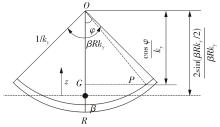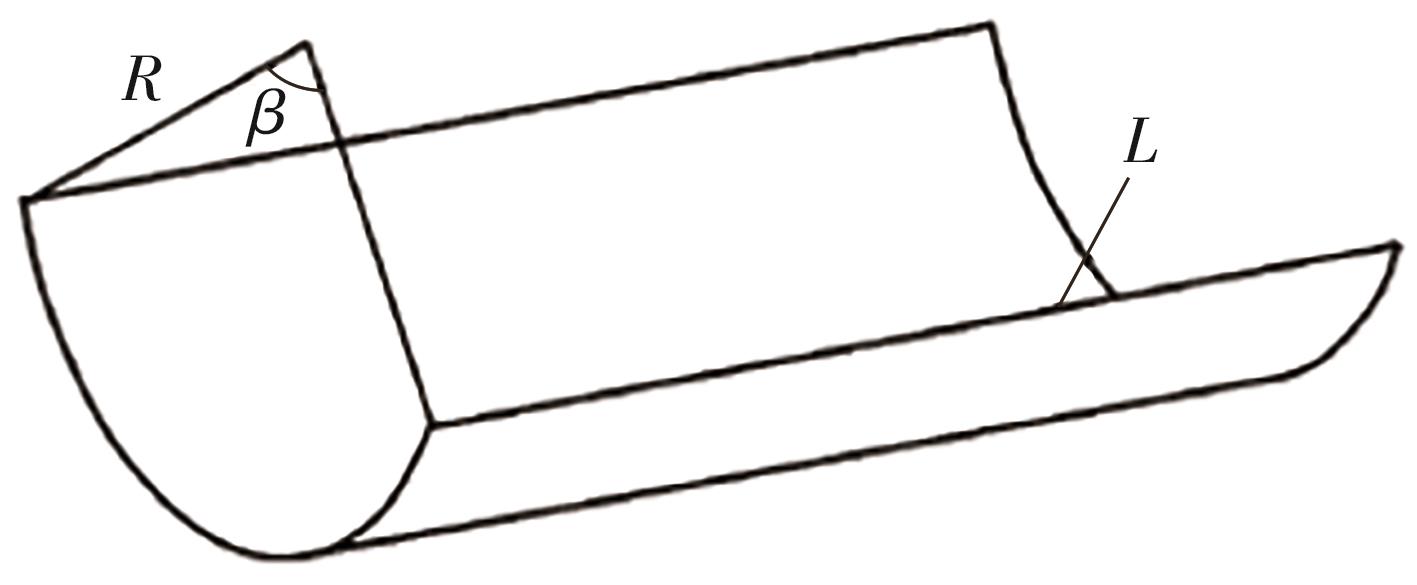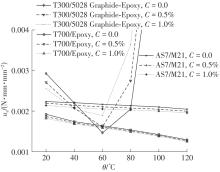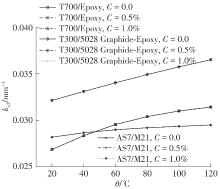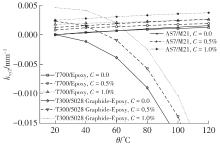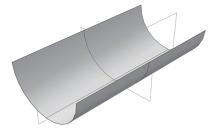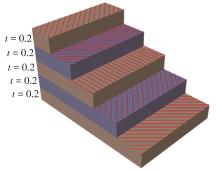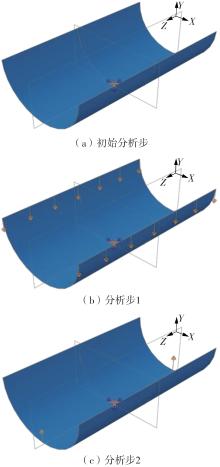Journal of South China University of Technology(Natural Science Edition) ›› 2025, Vol. 53 ›› Issue (7): 139-148.doi: 10.12141/j.issn.1000-565X.240353
• Architecture & Civil Engineering • Previous Articles Next Articles
Bistable Behaviors of Composite Thin Cylindrical Shell in Complex Environment
WU Yaopeng1,2, YANG Quan1, LIU Ying1
- 1.School of Civil Engineering,Xi’an University of Architecture and Technology,Xi’an 710055,Shaanxi,China
2.Key Lab of Structural Engineering and Earthquake Resistance of Ministry of Education (XAUAT),Xi’an University of Architecture and Technology,Xi’an 710055,Shaanxi,China
